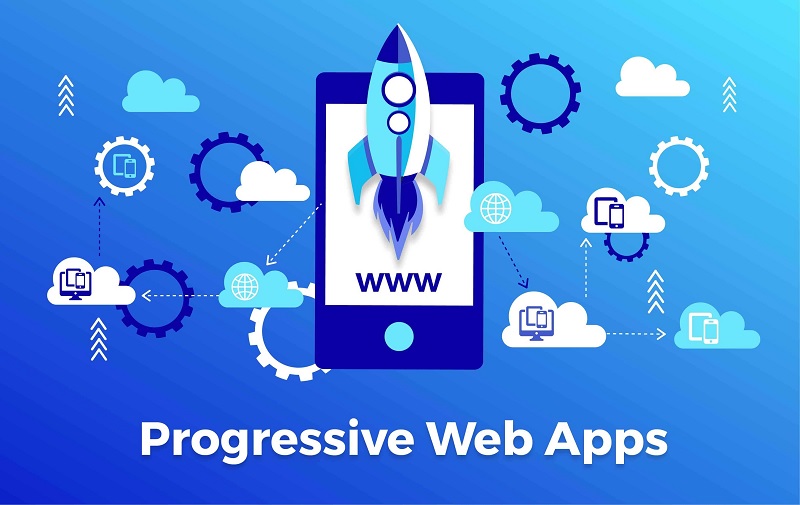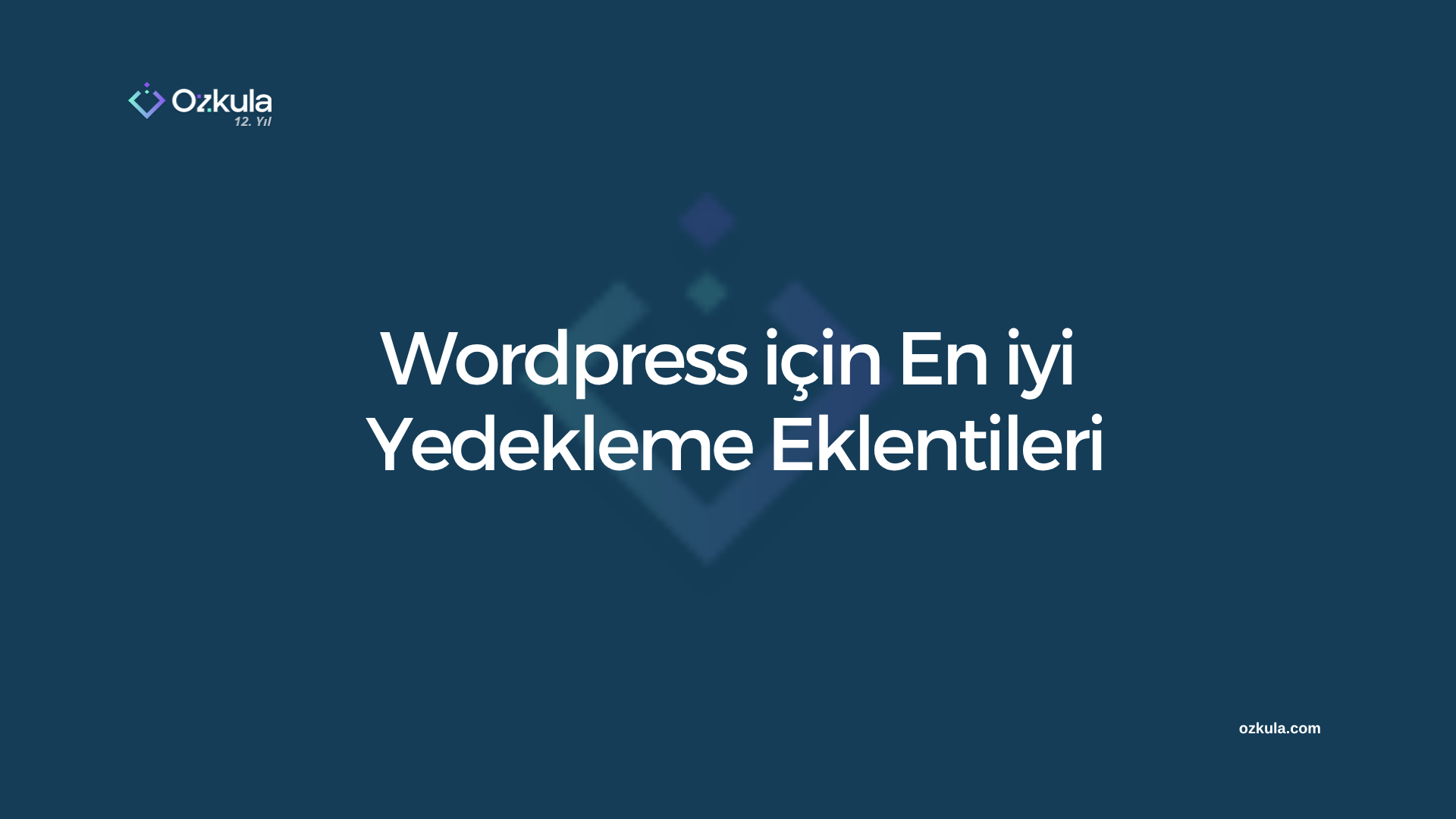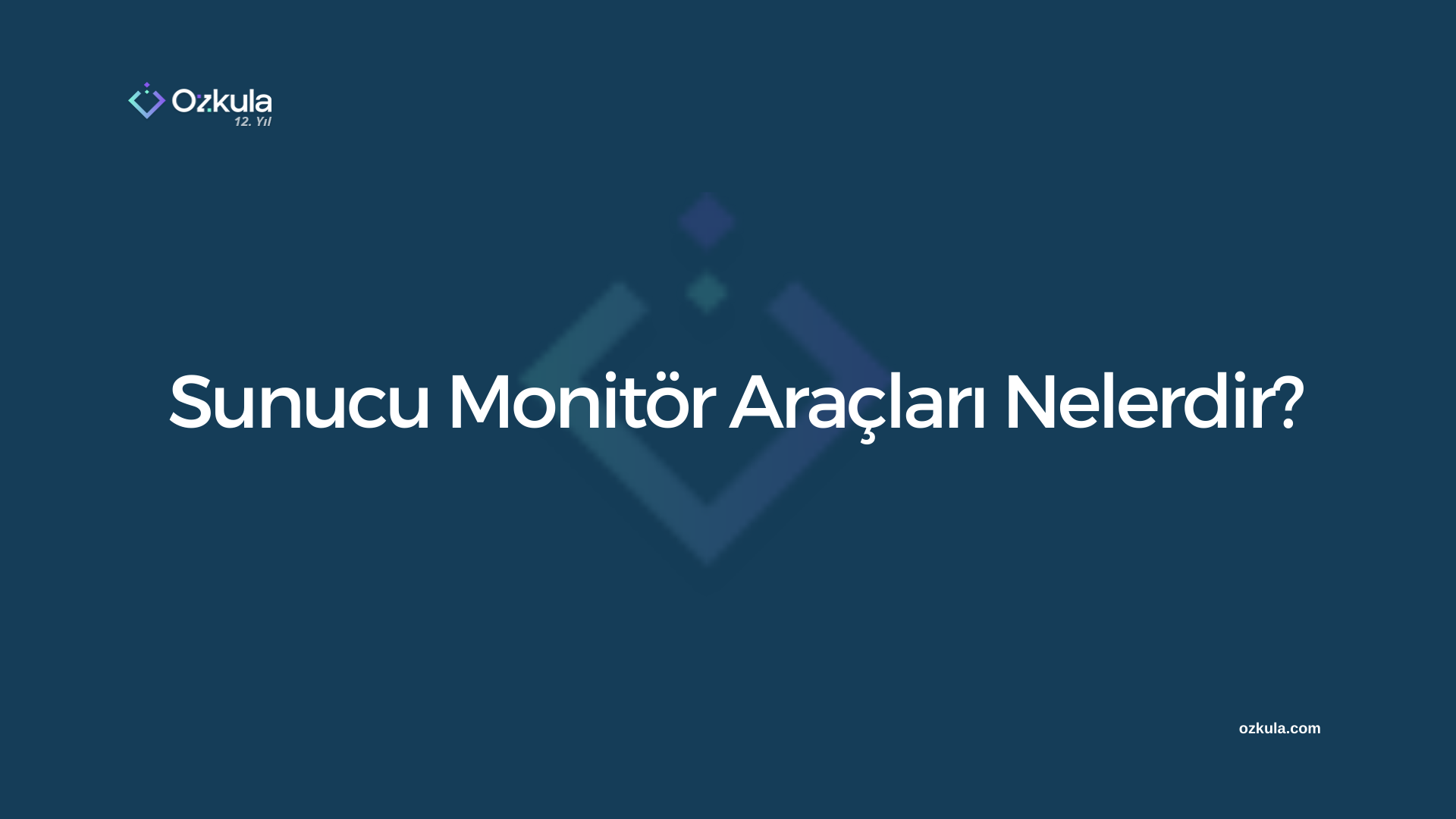Progressive Web Apps (PWA) Nedir?

In these days when mobile device usage is increasing, there is no need for you to worry about not having a mobile application. With Progressive Web App applications, you can bring the appearance and user experience of your website to the same level as a mobile application. If you design your website with this approach, users visiting your website from a mobile browser may feel like they are using a mobile application rather than a website. Let’s take a closer look at this new application and the new solutions it brings to mobile together.
Progressive Web Apps (PWA) Nedir?
Progressive Web Apps (PWA) is a new technology that allows websites to be used as mobile applications and accessed offline, thanks to a special coding technique. In order to utilize this technology, the user needs to have an up-to-date mobile browser. From the user’s perspective, there are no other requirements for using this technology, and it falls on the developer to allocate a low amount of time and budget. In other words, you only need to allocate a very small portion of the time and budget you would spend on creating a mobile application to build a PWA. Looking at it from this angle, it may seem more reasonable to be a part of the PWA platform rather than creating a mobile application. While it may not be applicable to everyone, for certain brands with specific types of content, it may not be necessary to have a mobile application and using PWA may seem more logical.
What can be said about a Progressive Web App? Progressive – It can be used by all users without needing to install anything since it works in the browser. Flexible – It works on every platform: desktop, mobile, tablet, and even future technologies. Independent of connection – It can be used in low internet connection speeds or completely offline. App-like – It resembles mobile applications as it separates its function from the content. Up-to-date – It can always be kept up-to-date with the help of the “Service Worker” technology. Secure – It is served through HTTPS to ensure that other individuals cannot view the transferred data and that the content is not tampered with. Discoverable – It can be referred to as an “app” since it complies with W3C standards and allows search engines to find it. Re-engageable – It facilitates interaction again through features like push notifications. Installable – It allows users to add the most useful applications to their home screen without having to connect to an app store. Shareable – It enables users to easily share the app through a URL without requiring complex installations.
Progressive Web Apps: Mobil Arama İçin Yeni Standart mı?
Google has made significant investments in new technologies to provide a better mobile-web search experience, and Progressive Web Apps (PWAs) are one of those technologies. PWA aims to offer a fast, reliable, and engaging app-like experience through the mobile browser. According to Alex Russell, a Google software engineer, PWA blurs the line between web content and mobile applications while preserving the strengths of the web. The PWA system is designed to load content “instantly”. This is achieved by directing browser requests through a script called “Service Workers”. This script eliminates the steps required to directly access specific features or information from a website. PWA also utilizes more parameters that capture user behavior and preferences, allowing the system to provide personalized messages or web content tailored to a defined user. PWA saves the entire web page to the user’s device memory and embeds it within an app shell (app-like infrastructure). The content is only updated when necessary. A service worker handles running all CSS style sheets, images, and JavaScript pages. By locally storing most of what is required to build a page, quick loading performance is achieved. Unlike native applications, PWAs are accessed through a browser without the need for downloading or installing. Online PWAs are completely connectable. Another advantage is that the app can function offline by utilizing cached data from previous online activity. Taking into account all of these advantages, many experts suggest that the PWA system has the potential to replace current generation mobile websites.
Progressive Web Apps Sisteminin Avantajları
Below are some of the important benefits of PWA: No Hardware Limitations: PWA utilizes a device’s native operating system and features, including screen orientation, camera, microphone, and geographical location. Regardless of the device, all users experience the same visual interface and content. Users who prefer service workers and modern mobile browsers can experience all the features of the PWA system.
Works Like Traditional Mobile Applications: Since PWA has everything stored in an “application shell,” it is possible to mimic the look and feel of a native application, including user interface elements and animations found in popular app store applications. Google’s developer guidelines establish a set of best practices to ensure that all Progressive Web Applications provide a good user experience. Improved Performance: Due to offline functionality, there is less data usage. When a user visits a website with a PWA for the first time, the content will be downloaded, cached, and stored locally on the user’s device. This allows web pages to be instantly served during subsequent visits. Additionally, it enables visiting pages in offline mode with supported browsers. Push Notifications: This feature allows you to continue receiving notifications sent by the system. When a website meets Google’s requirements, supported browsers prompt visitors to install the PWA on their home screens. The PWA icon has a similar appearance to a native app icon and serves as a bookmark for easy access.Progressive Web Apps, SEO için Daha İyi Bir Tercih Mi?
Are Progressive Web Apps a Better Choice for SEO? If we compare the PWA system with mobile apps to answer the question “Are Progressive Web Apps a Better Choice for SEO?”, the answer is yes. PWA can be a better choice for SEO. Mobile apps are a choice that requires high time and cost investment from the start, often needing frequent updates and requiring time and cost resources to reach optimization. On the other hand, PWA can provide the content that the user can access quickly with just a single tap, without requiring the user to be online. Since we know that most mobile apps are useless when not connected to the internet, the biggest advantage of the PWA system stands out as the ability to use it offline. Additionally, most users can benefit from faster browsing by transferring less data. In other words, PWA is closer to becoming the user’s preferred choice by facilitating data transfer.
With Google’s mobile-first indexing process, the value of the PWA system is increasing. By making small adjustments on an existing system, it can continue to provide the same experience to users without requiring a lot of time and budget. Companies or website managers who do not yet have a mobile app should definitely consider implementing the PWA system.Advantages of PWA System Compared to Mobile Applications One of the major advantages of PWA is that it does not require a separate code base for programming as it can be developed using HTML 5. PWAs can be easily discovered in a Google search as they can be fully indexed. Updates do not need to go through an app store. Instead, the web application is kept up to date with the help of service workers. A PWA can be used offline as its content and functionalities are loaded into the device’s cache. When an internet connection is available again, the functions and content can be synchronized with the server. The development costs for PWA are significantly lower compared to mobile applications. Additionally, PWA works on all platforms and does not require different versions for different devices or operating systems. There is no need for any app store for the application to run, and users do not need to install anything as the application works alongside the browser. Users can easily switch between applications and share PWA content. Similarly, there is less waiting time when clicking on links and transitioning to another website. PWAs load instantly, resulting in much shorter loading times compared to mobile applications. PWAs are flexible and suitable for every device.
If you don’t have the time and budget for a mobile app, but you have an area where you want users to follow your website outside of a mobile app, then PWA is perfect for you. There’s no need to rush into using PWA, as this system has been on the agenda for about 2 years and hasn’t become widely popular among users yet. However, considering the advantages it offers, it might soon become more widespread. From this perspective, we highly recommend incorporating the PWA system into your mobile site’s app plan.





